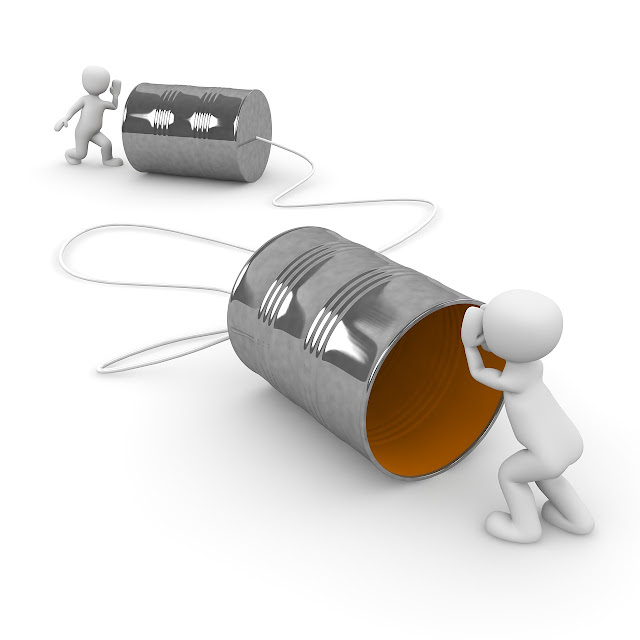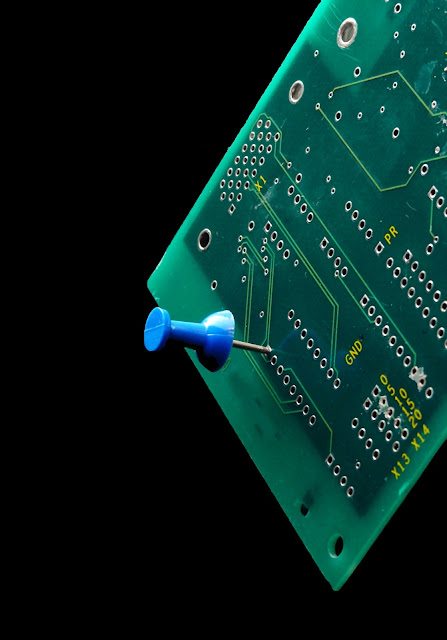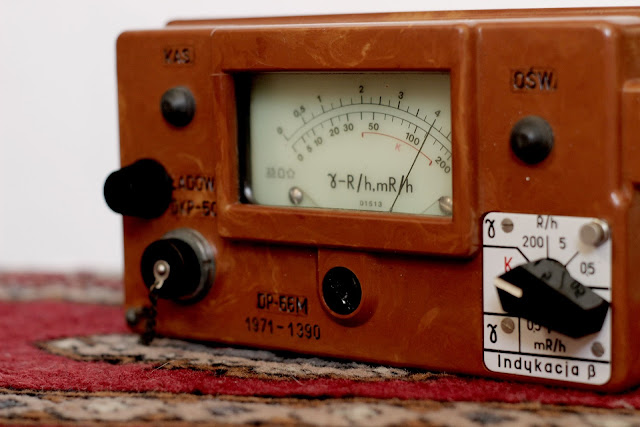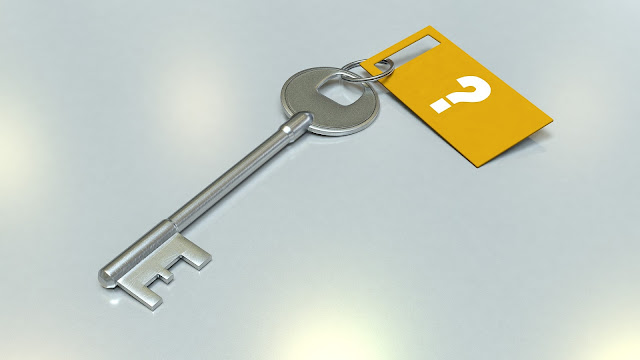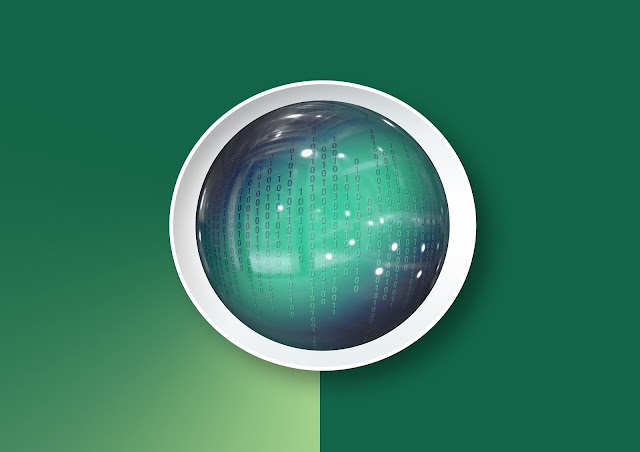Two
key IoT issues, which are also intertwined, are security and privacy:
the data IoT devices store and work with needs to be safe from hackers,
so as not to have sensitive data exposed to third parties. It is of
utmost importance that IoT devices be secure from vulnerabilities and
private so that users would feel safe in their surroundings and trust
that their data shall not be exposed or worse, sold through illegal
channels. Also, since devices are becoming more and more integrated into
our everyday lives (many people store their credentials on their
devices, for example), poorly secured devices can serve as entry points
for cyber-attacks and leave data unprotected.
The nature of IoT devices means that every unsecured or
inadequately secured devices pose a potential threat. This security
problem is even deeper since various devices can connect to each other
automatically, thus refraining the user from knowing at first glance
whether a security issue exists. Therefore, developers and users of IoT
devices have an obligation to make sure that no other devices come in
any potential harm, so they constantly develop and test security
solutions for these challenges.
The second key issue, privacy, is thought to be a factor which
holds back the full development and implementation of IoT. Many users
are concerned about their rights when it comes to their data being
tracked, collected and analyzed. IoT also raises concerns regarding the
potential threat of being tracked, the inability of discarding certain
data collection, surveillance etc. Strategies need to be implemented
which, although bring innovation, still respect user privacy choices and
expectations. In order for Internet of Things to truly be accepted,
these challenges need to be looked into and these problems need to be
overcome, which is a great task and a test both for developers and for
users.


